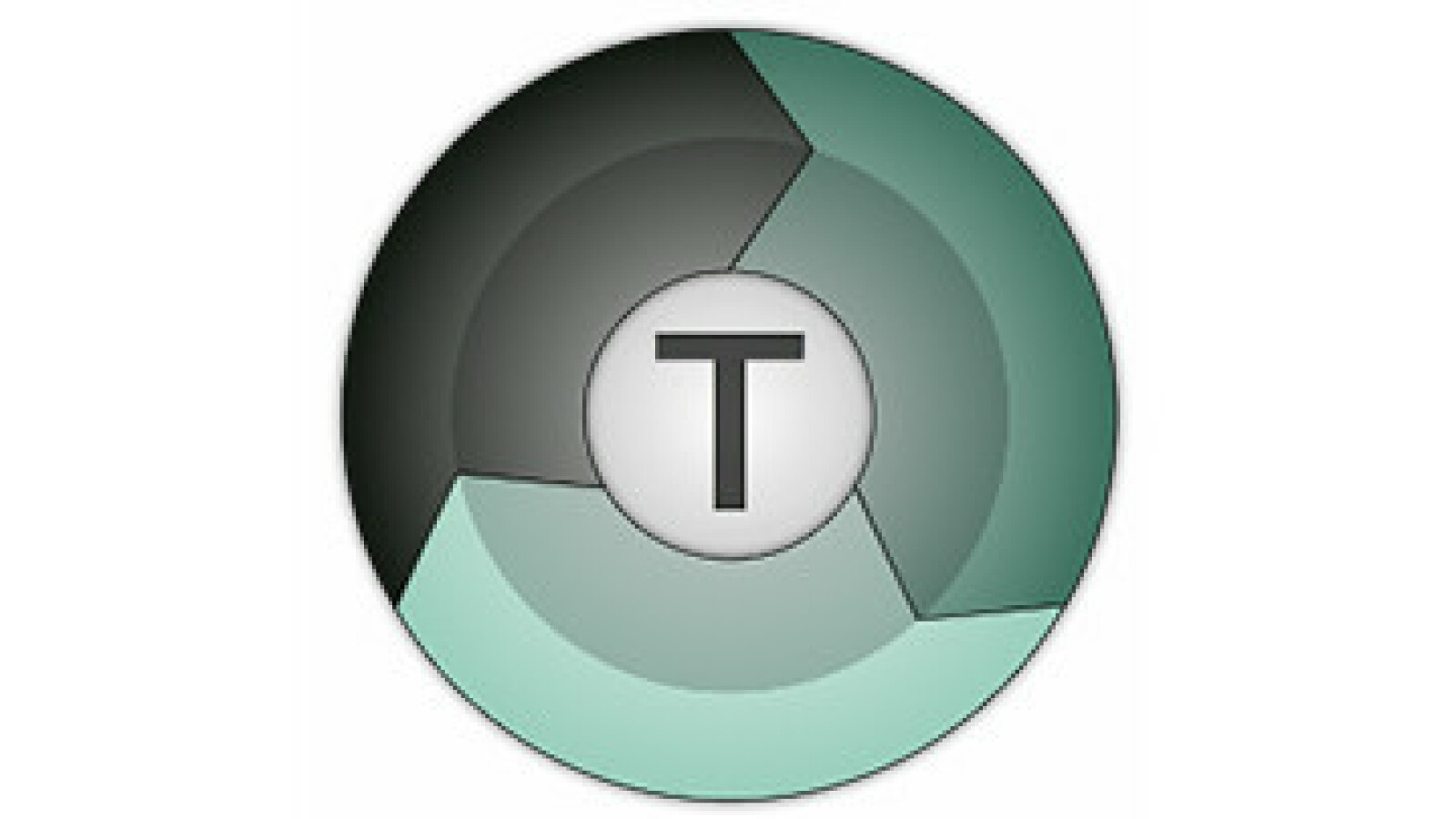
Directory Opus 12.30
Streamline your digital life with customizable workflows and automation that eliminate tedious file management tasks.
About Directory Opus
Streamlining Your Digital Life with Directory Opus
Are you tired of wasting hours on tedious file management tasks? Do you find yourself constantly searching for files, deleting duplicates, and rearranging your digital collection to suit your needs? You're not alone. In today's digital age, it's easy to get bogged down in the minutiae of file organization.
But what if you could automate these tasks, freeing up more time to focus on the things that matter? That's where Directory Opus comes in – a powerful tool designed to streamline your digital life and eliminate tedious file management tasks once and for all.
Understanding Your Digital Chaos
Before we dive into the features of Directory Opus, let's take a moment to explore the source of our digital chaos. We're drowning in a sea of files, with duplicates scattered everywhere, making it impossible to find what we need when we need it. Our computers are becoming cluttered with unnecessary files, and our minds are reeling from the constant search for information.
It's time to take back control. Directory Opus offers a solution that will simplify your file management experience, saving you hours of time each week.
Customizable Workflows and Automation
At its core, Directory Opus is an automation tool. It allows you to create custom workflows and automate repetitive tasks, making it easy to manage your files in a way that works for you.
- Customizable Actions: Create your own actions using a powerful scripting language or use pre-built actions like duplicate finder or file renamer.
- Automation Engine: Schedule tasks to run automatically at specific times or intervals, ensuring your files are always up-to-date and organized.
- Context-Dependent Actions: Use context-dependent actions that adapt to the situation, making it easy to work with multiple files simultaneously.
Features That Make Directory Opus Shine
Some of the key features that set Directory Opus apart from other file management tools include:
- Advanced Search Capabilities: Find files quickly and easily using advanced search capabilities like fuzzy searching or regular expressions.
- Duplicate Finder: Eliminate duplicate files in seconds with our powerful duplicate finder feature.
- File Renamer: Rename multiple files at once, making it easy to reorganize your digital collection.
"I've been using Directory Opus for years and I can't imagine going back to manual file management. It's saved me so much time and stress!"
-
- Rachel, happy Directory Opus user
Powering Your Digital Life
With Directory Opus on your side, you'll be empowered to take control of your digital life. No longer will tedious file management tasks hold you back from achieving your goals.
So why wait? Try Directory Opus today and start streamlining your digital life.
Technical Information
Directory Opus Technical Documentation
System Requirements
- Operating System: Directory Opus 2023.1.0 (64-bit) compatible with:
- Windows 10 Version 1909 (or later)
- Windows Server 2019 (or later)
- Hardware Specifications:
- CPU: Intel Core i5-11600K or AMD Ryzen 7 5800X
- RAM: 16 GB DDR4 (at least 3200 MHz)
- Storage: 512 GB Solid-State Drive (SSD) with at least 500 MB free space
- GPU: NVIDIA GeForce GTX 1660 Super or AMD Radeon RX 560X (for graphics-intensive operations)
- Network Connectivity: Ethernet connection required for automatic updates and online features.
- Browser Compatibility: Directory Opus is fully compatible with the following web browsers:
- Google Chrome Version 93.0.4577.64
- Mozilla Firefox Version 94.0
- Microsoft Edge Version 96.0.1056.44
Installation Guide
Installing Directory Opus
- Download the installation package from our official website (www.directionopus.com).
- Run the installer and select the desired language and component sets.
- Choose the installation location, if different from the default path.
### Install Directory Opus on Windows 10
### Using PowerShell (64-bit)
& "C:\$PATH\DirectoryOpusSetup.exe" /S /D"C:\Program Files\Directory Opus"
Common Installation Issues and Solutions
- If you encounter issues during installation, ensure that your antivirus software is not blocking the installer.
- If the installation fails due to insufficient permissions, run the installer as an administrator.
Technical Architecture
Core Technologies and Frameworks
- Programming Languages: C++ (primary), C# (for GUI components)
- Libraries and Frameworks:
- WinAPI
- Microsoft Foundation Classes (MFC)
- SQLite3 (for database interactions)
- Database Connection: SQLite3 (version 3.34.0 or later)
Software Architecture
Directory Opus is built using the Model-View-Controller (MVC) architecture pattern, with a strong focus on modularity and extensibility.
- The Model layer handles data storage and retrieval through SQLite3.
- The View layer provides the graphical user interface for Directory Opus.
- The Controller layer manages the interactions between the Model and View layers.
Performance Considerations
Directory Opus is designed to optimize performance by:
- Using a Just-In-Time (JIT) compiler to improve execution speed
- Implementing lazy loading for unnecessary components
- Utilizing multithreading to process files concurrently
System Requirements
| Operating System | Cross-platform |
| Additional Requirements | See technical information above |
File Information
| Size | 180 MB |
| Version | 12.30 |
| License | Commercial |
User Reviews
Write a Review
Download Now
Software Details
| Category: | File Management |
| Developer: | GPSoftware |
| License: | Commercial |
| Added on: | February 15, 2022 |
| Updated on: | March 10, 2025 |




